Sale!
Description
A world history timeline chart is a graphical representation that depicts significant events, developments, and periods throughout human history in a chronological order. It typically spans from ancient civilizations to modern times, highlighting key milestones such as major wars, empires, inventions, revolutions, and cultural movements. This visual tool provides a concise overview of global history, allowing viewers to understand the sequence of events and their impact on shaping the world as we know it today.
Purposes :
The purposes of a world history timeline chart include:
- Chronological Visualization: It provides a visual representation of historical events in chronological order, allowing viewers to understand the sequence of events over time.
- Comprehensive Overview: A history timeline chart offers a comprehensive overview of significant events, developments, and periods in human history, spanning from ancient civilizations to modern times.
- Understanding Context: It helps individuals understand the historical context of specific events by placing them within the broader timeline of world history, enabling a deeper understanding of their significance.
- Identifying Patterns and Trends: By visualizing historical events in a timeline format, patterns, trends, and connections between different events and time periods can be identified, aiding in historical analysis and interpretation.
- Highlighting Key Milestones: A history timeline chart highlights key milestones such as major wars, revolutions, inventions, cultural movements, and political developments, providing insight into pivotal moments in history.
- Educational Tool: It serves as an educational tool for students, educators, and enthusiasts to learn about and explore various aspects of world history in a structured and organized manner.
- Reference Guide: A history timeline chart serves as a reference guide for quickly accessing information about specific historical events, dates, and time periods.
- Cultural Context: It helps individuals understand the cultural context of historical events by providing information about the cultural, social, economic, and political conditions of different time periods.
- Comparative Analysis: History timeline charts facilitate comparative analysis by allowing viewers to compare events, developments, and trends across different regions, civilizations, and time periods.
- Research and Analysis: Historians, researchers, and analysts use history timeline charts as a tool for conducting research, analyzing historical trends, and gaining insights into the dynamics of world history.
Uses :
Certainly! Here are several common uses of a world history timeline chart:
- Educational Purposes: History timeline charts are widely used in educational settings to teach students about key events, periods, and figures in world history. They provide a visual aid that helps students understand the chronological progression of historical events.
- Research and Study Aid: Historians, researchers, and scholars use history timeline charts as a reference tool for conducting research, studying historical trends, and analyzing the impact of various events on world history.
- Reference Guide: History timeline charts serve as a handy reference guide for quickly accessing information about specific historical events, dates, and time periods. They are commonly used by students, educators, and enthusiasts for quick reference.
- Contextual Understanding: History timeline charts provide a contextual understanding of historical events by placing them within the broader framework of world history. They help individuals understand the sequence of events and the interconnectedness of different historical periods.
- Comparative Analysis: History timeline charts facilitate comparative analysis by allowing users to compare events, developments, and trends across different regions, civilizations, and time periods. This helps in identifying similarities, differences, and patterns in world history.
- Visual Representation: History timeline charts offer a visual representation of historical events, making it easier for users to grasp complex historical narratives and concepts. Visual aids can enhance comprehension and retention of historical information.
- Cultural Awareness: History timeline charts help promote cultural awareness and understanding by highlighting the diverse cultures, civilizations, and societies that have shaped world history. They provide insights into the cultural, social, and political dynamics of different time periods.
- Decision-Making: Decision-makers in various fields, such as government, business, and policy, may use history timeline charts to inform their decisions by understanding historical precedents, trends, and lessons learned from past events.
- Public Engagement: History timeline charts can be used to engage the public in discussions about history and its relevance to contemporary issues. They serve as a tool for fostering dialogue, critical thinking, and historical literacy among diverse audiences.
- Preservation of Historical Knowledge: History timeline charts play a crucial role in preserving and disseminating historical knowledge across generations. They help ensure that key events and lessons from the past are remembered and understood by future generations.
Only logged in customers who have purchased this product may leave a review.
Related products
-
- Sale!
Radial Tidy Tree
-
$ 15Original price was: $ 15.$ 10Current price is: $ 10. - Add to cart
-
- Sale!
Clustre Dendogram
-
$ 15Original price was: $ 15.$ 10Current price is: $ 10. - Add to cart
-
- Sale!
Box plot
-
$ 15Original price was: $ 15.$ 10Current price is: $ 10. - Add to cart

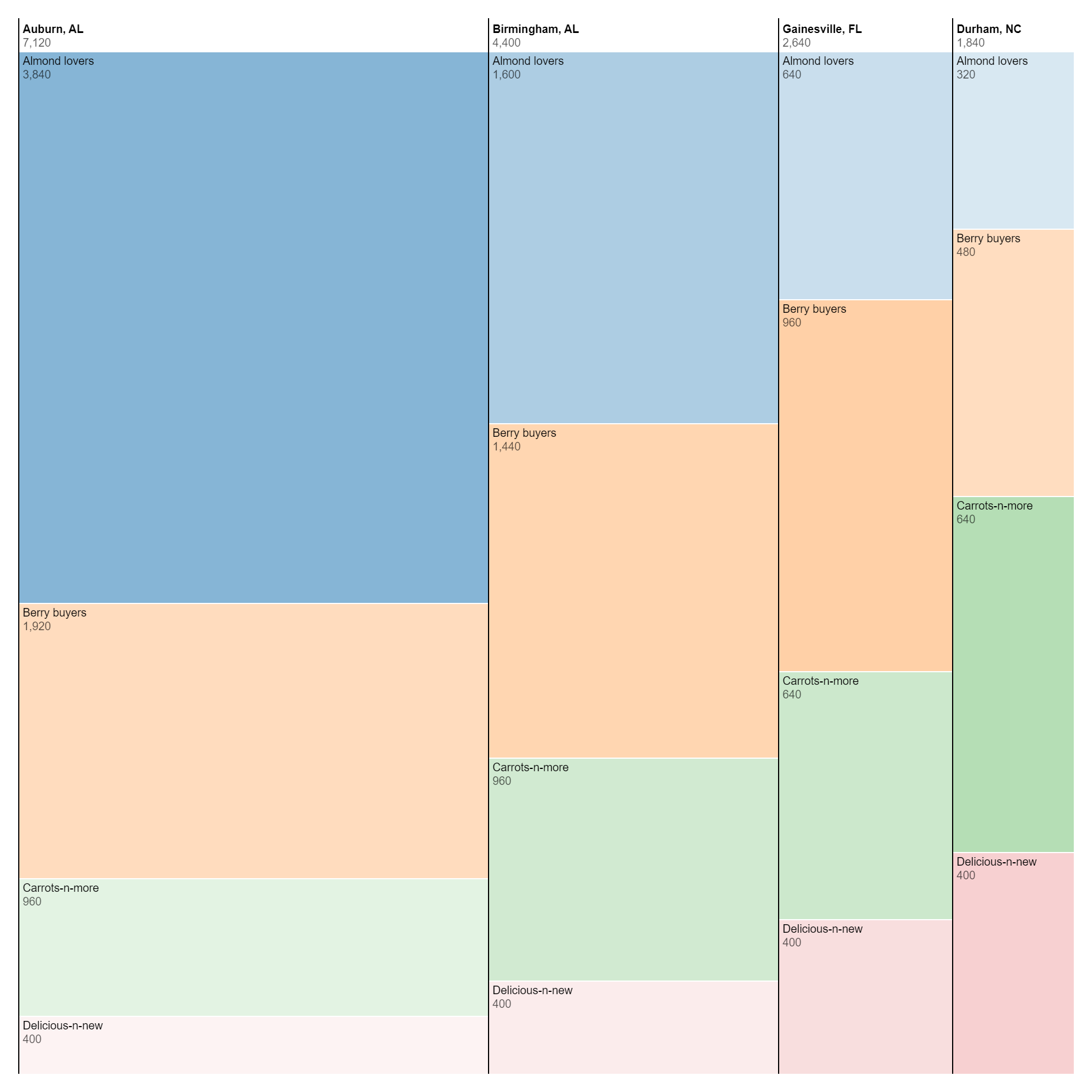
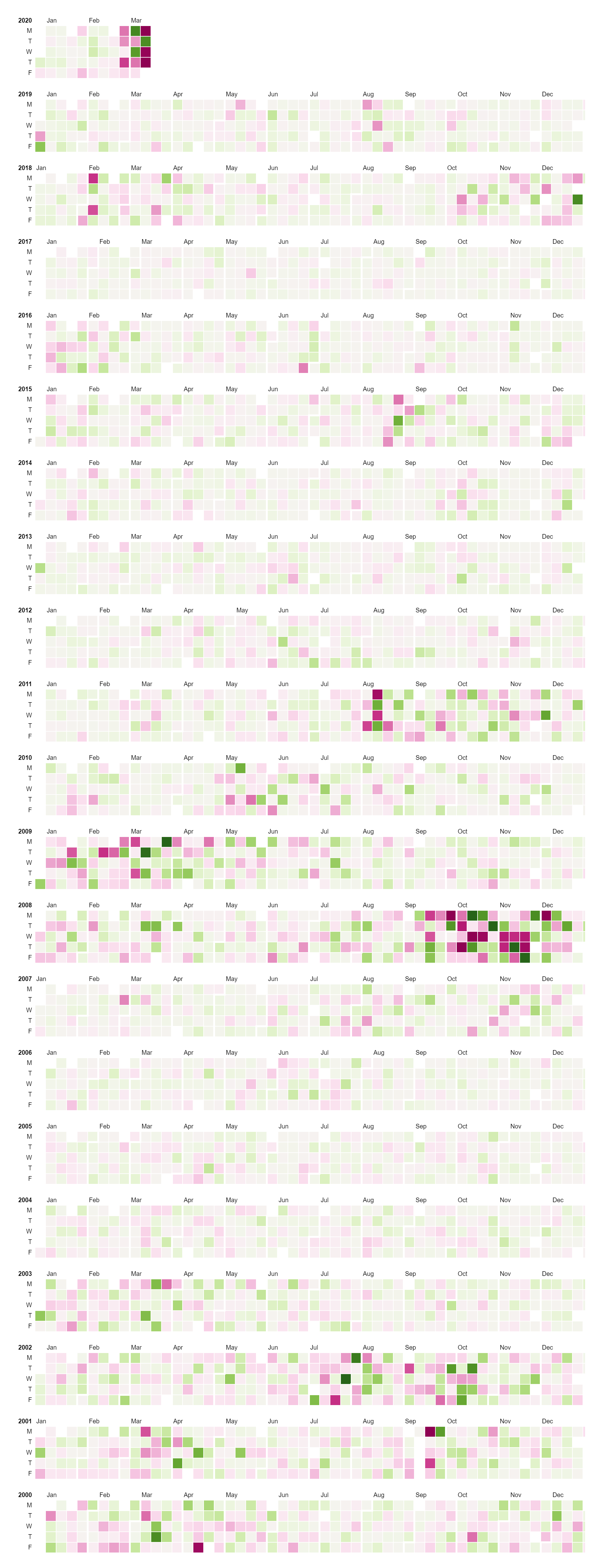
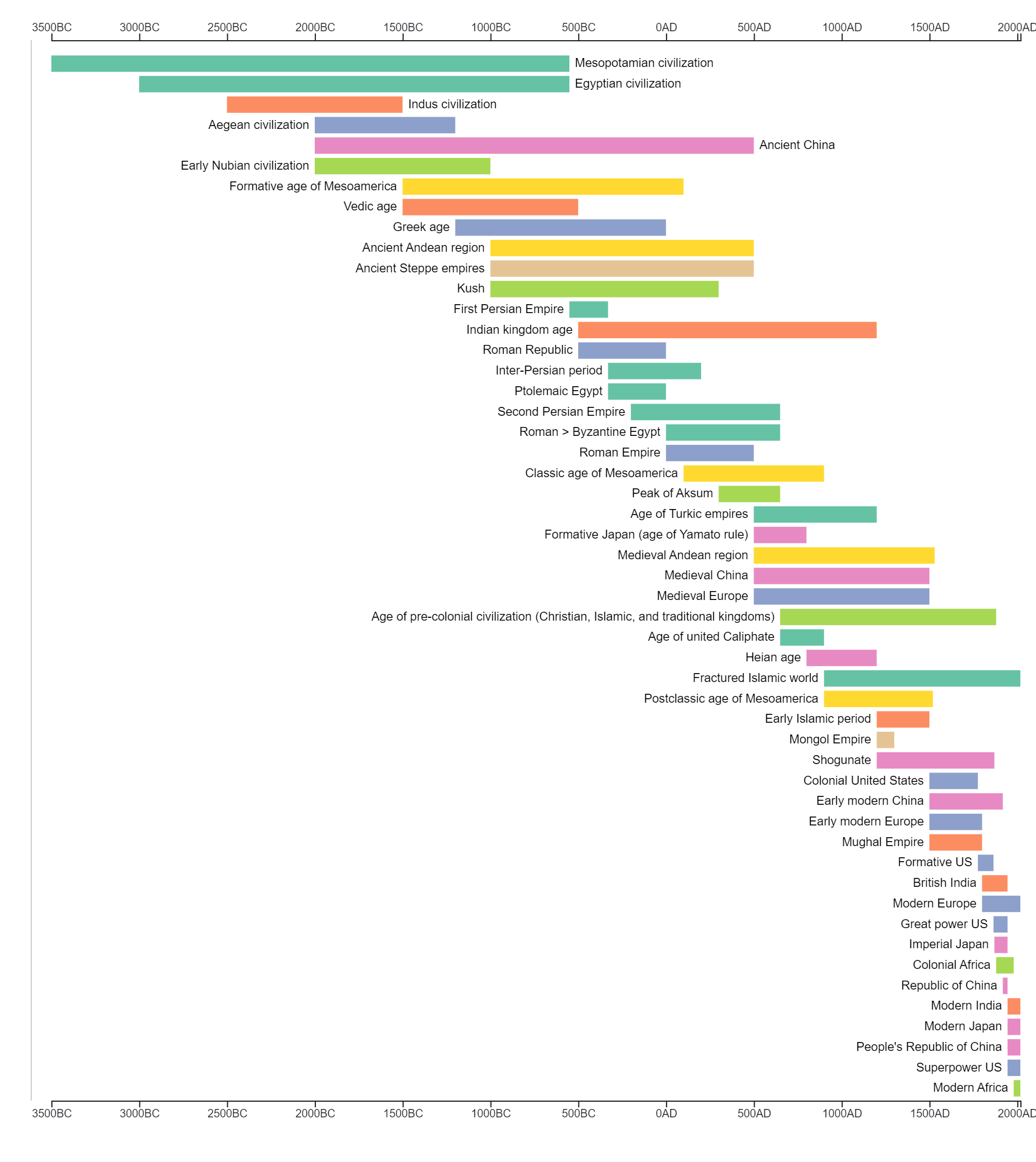
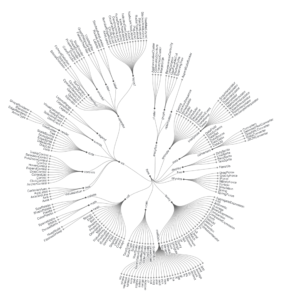
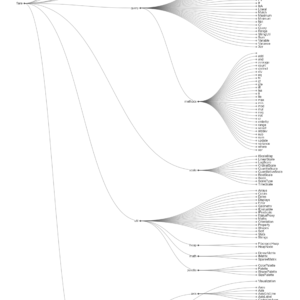
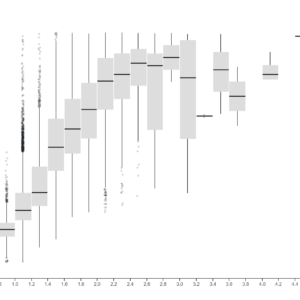
Reviews
There are no reviews yet.